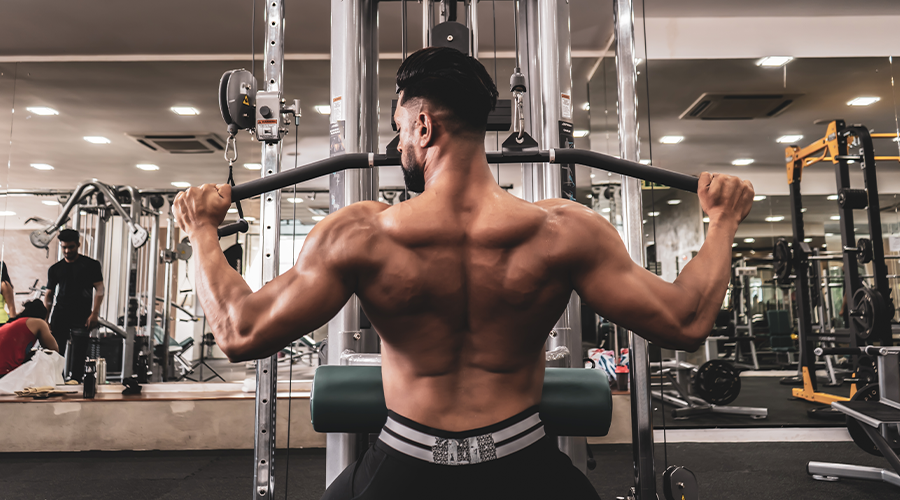Hello Ziddis! The world of fitness is full of myths. One of the biggest myths that has been a long-sustaining fear in every woman’s mind and is fueled by societal ignorance is that women shouldn’t lift weights. It would make them bulky. Many believe in these futile myths and more about women lifting weights. Let us understand why they are all untrue and how to lift- like a woman!
Myths of Weight Training for Women
As we know, the myths of weight training exceed knowledge when it comes to women lifting weights. Here are some ridiculous and untrue myths.
- Lifting weights will make you bulky- No, it won’t, because women do not have the same testosterone levels as men.
- Cardio is better for weight loss- Cardio helps burn calories, not tone your body or improve metabolism.
- Lifting weights is unsafe for women- Lifting weights, irrespective of gender, is safe when the form is maintained. Brownie points- it helps reduce the risk of osteoporosis.
- You lose flexibility and grace if you lift weights- Weight training helps muscles’ range of motion, adding more flexibility and workout to the muscles rather than reducing it.
Weight Lifting for Women- Right or Not?
Weight lifting for women is absolutely great and at times also important. It is beneficial for all women and has a wide range of benefits, such as:
- Tone your muscles
- Make your muscles stronger
- Improve your metabolism, which increases the rate of fat loss
- It makes your bones stronger and reduces the risk of osteoporosis
- For women struggling with PCOS, weight lifting helps hormone regulation
- Weight lifting helps with insulin resistance in women.
- Improves your posture.

Weight Lifting for Beginners: Female Edition
If you are a beginner, weight lifting can seem tough and overwhelming, but follow these simple steps to make it easier.
- Begin with bodyweight exercises like squats, lunges, push-ups and planks
- Start with lighter weight
- Do not rush
- Focus on your posture and form
- Do not take any shortcuts with your range of motion
- Follow a structured routine that includes both upper and lower body workouts to get more balanced results
- Consume more protein for better muscle growth and recovery.
Upper Body Workout for Women
Upper body workouts for women help with posture improvement, daily chores and overall fitness while giving some definition to shoulders and backs and reducing back rolls. Here are some easy-to-do upper body weight exercises for women:
- Dumbbell shoulder press
- Bent over rows
- Tricep dips
- Bicep curls
- Shrugs
- Reverse fly
Read Also: Women and Weight Training: Going Beyond Just Looking Toned
Lower Body Workouts for Women
Building lower body strength is very important for women for balance, power and endurance. Some lower body workouts for women are:
- Goblet squats
- Weighted lunges
- Romanian deadlifts
- Glute bridges with weights
- Leg curls
- Leg press
Women have stronger endurance in their legs, so it is important to train accordingly.
Takeaway
Ladies, lifting heavy weight is not about looking strong but feeling strong. People making myths do not realize the tasks women undertake, and that should not divert you from your fitness goals. So pack your gym bags and load up your shaker with your favourite protein powders, and let’s hit those weights! Let’s show how women lift!








 100% Safe & Secure payments:
100% Safe & Secure payments:




